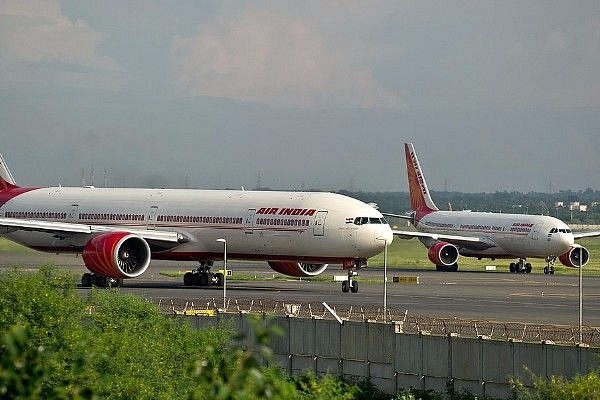
With Jet On Death-Bed, Government Must Look To Speed Up Air India Privatisation
Another more interesting, but also riskier, alternative is to merge Jet with Air India as soon as possible.
Here are three politico-economic benefits of this strategy.
If governments thought like private sector businessmen, maybe, just maybe, the government of India should let Jet Airways die – either by asking lenders to let it go under, or by sending it to the insolvency and bankruptcy court for investors to bid for the remains.
Right now, consider what IndiGo, GoAir, SpiceJet and Vistara managements will be thinking. As Jet curtailed and then suspended operations, they are happy to collect higher fares. They are re-leasing some of the very same aircraft grounded by Jet’s unpaid lessors and hiring pilots poached from Jet.
The losses of Jet had already begun to add up to gains for the rest in February, when Jet sent frantic distress signals to banks.
Between January and February, according to data from the Directorate General of Civil Aviation (DGCA), Jet’s market share (now zero after all flights were suspended), went down from 13.6 per cent (including JetLite) to 11.4 per cent.
Its loss went to raise the market shares of IndiGo (up from 42.5 per cent to 43.3 per cent), SpiceJet (13.3 per cent to 13.7 per cent), GoAir and Vistara (gains of 0.3 and 0.2 per cent to 9 per cent and 4 per cent respectively), and (surprise) state-owned Air India (up from 12.2 per cent to 12.8 per cent).
A smart government will use Jet’s distress – like its private sector competitors are doing – to see how it can gain from this.
If this means sending Jet to the insolvency courts, assuming no buyer has been found by 23 May (when election results are due), so be it. But more importantly, there is no time to be lost in announcing the privatisation of Air India.
This time the government should allow a kind of reverse bidding for Air India with all its assets and liabilities included (including outstanding loans). Bidders offering to take on the highest amount of outstanding loans should be given 49 per cent of Air India for Re 1. The balance 51 per cent can be sold later, or after a listing on the stock markets.
The other, more interesting, but also riskier, alternative is to merge Jet with Air India as soon as possible, list Air India indirectly, and then sell shares bit by bit.
This strategy has three politico-economic benefits.
One, fewer Jet employees will lose their jobs.
Two, the combined market share of Air India and Jet will make it No 2 to IndiGo, possibly with an overall share of 20 per cent. This consolidation of market share will allow fares to rise in a market moving towards more viable oligopoly rather than an IndiGo monopoly.
Three, Jet loans come under semi-sovereign guarantees for the short term, which allows government time to decide how much of the combined loans (over Rs 55,000 crore) have to be written off, and how much left with the combined listed entity. Banks can survive with a lower haircut and will be spared Central Vigilance Commission enquiries for writing off the loans of a private airline that has been temporarily nationalised. This is, of course, misleading, since it is Jet’s loans being written off as much as Air India’s, but the political optics will be better than writing off Jet’s loans when it is still a private airline.
Any takers? A cautionary note: the window of opportunity for doing this is narrow. If there are endless delays, Jet’s private competitors will have swallowed up all of its market share, and Air India left twiddling its thumbs.